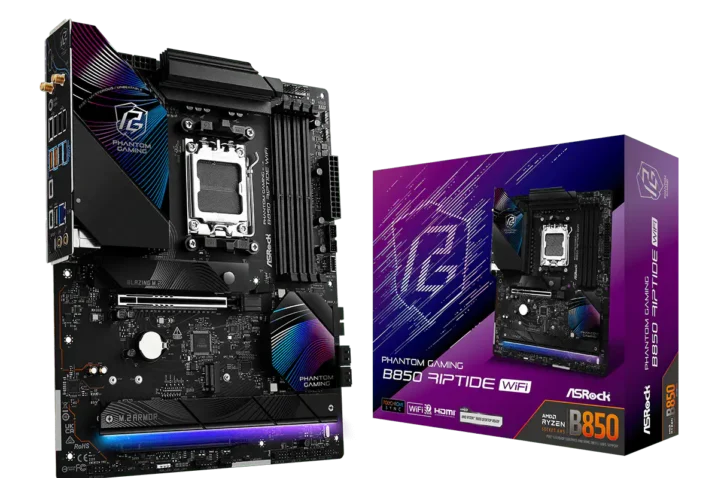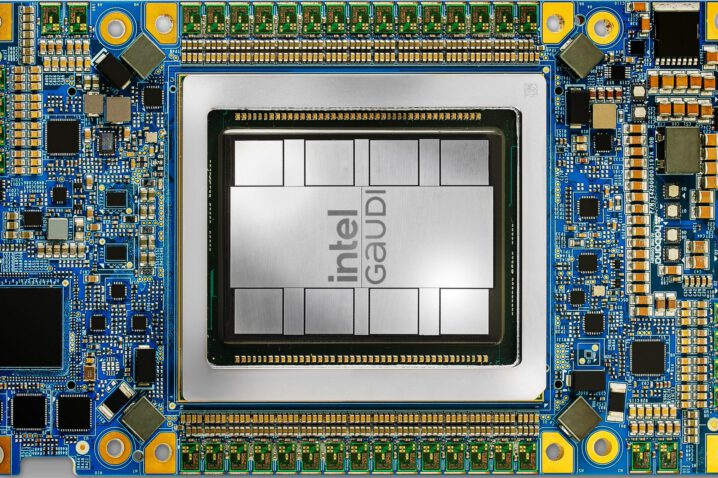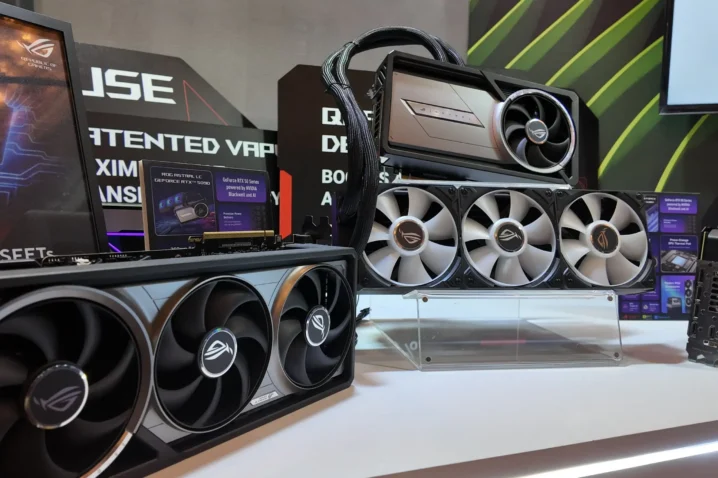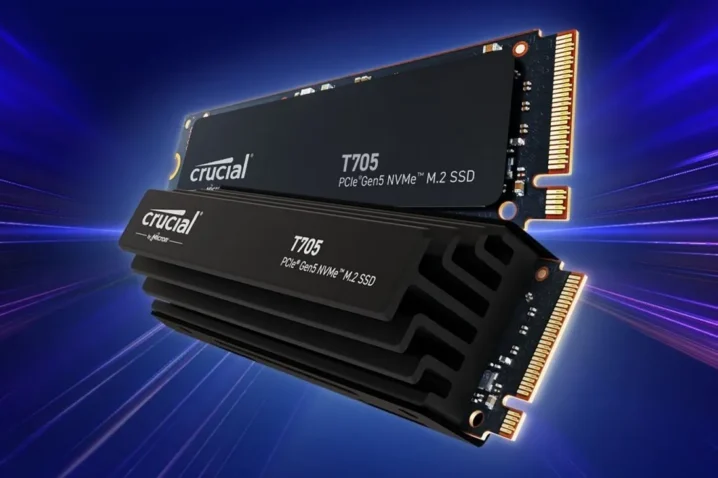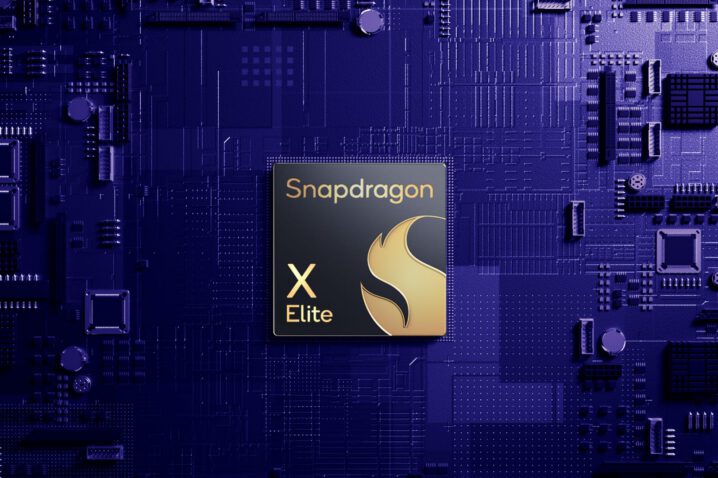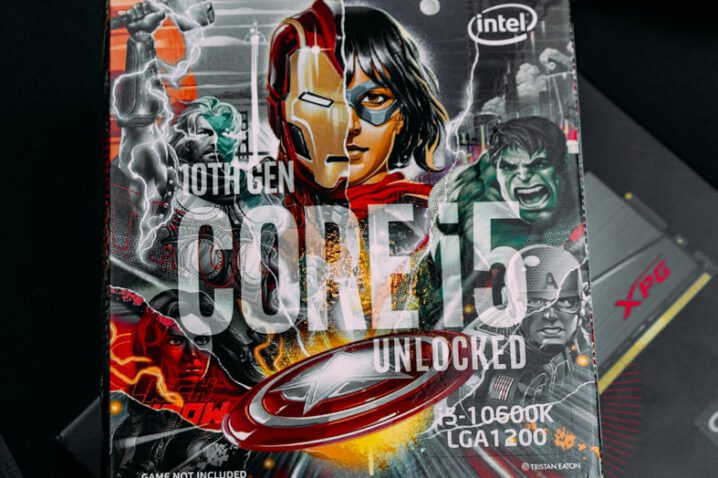The amazing Phantom Gaming B850 Riptide WiFi is a micro-ATX motherboard designed for AMD’s AM5 socket, supporting Ryzen 7000 and 9000 series processors. Despite its compact form factor, it offers features typically found in higher-end boards:
- Robust Power Delivery: Ensures stable performance for gaming and multitasking.
- Wi-Fi Connectivity: Integrated Wi-Fi support for seamless online gaming experiences.
- Comprehensive I/O: Includes multiple USB ports, M.2 slots, and SATA connectors for versatile connectivity.
In performance benchmarks, the B850 Riptide WiFi demonstrated excellent results, rivaling more expensive X870 chipset boards. Its feature-rich design and affordability make it an attractive option for gamers building a compact yet powerful system.
🔧 ASRock X870 Nova WiFi
For enthusiasts seeking top-tier performance, the X870 Nova WiFi motherboard stands out with its advanced features:
- X870 Chipset: Provides enhanced support for AMD’s latest processors and technologies.
- High-Speed Connectivity: Equipped with Wi-Fi capabilities and multiple high-speed USB ports.
- Enhanced Cooling Solutions: Designed to maintain optimal temperatures during intensive tasks.
The X870 Nova WiFi caters to gamers and content creators who demand high performance and reliability from their systems.
🔄 BIOS Updates for Enhanced Compatibility
ASRock has also addressed compatibility concerns by releasing the latest 3.20 Beta BIOS for its AM5 series motherboards. This update improves boot stability for systems using AMD Ryzen 9000 series processors, ensuring a smoother user experience.
With these new additions, ASRock continues to provide a range of motherboards that balance performance, features, and affordability, catering to the diverse needs of the gaming community.

